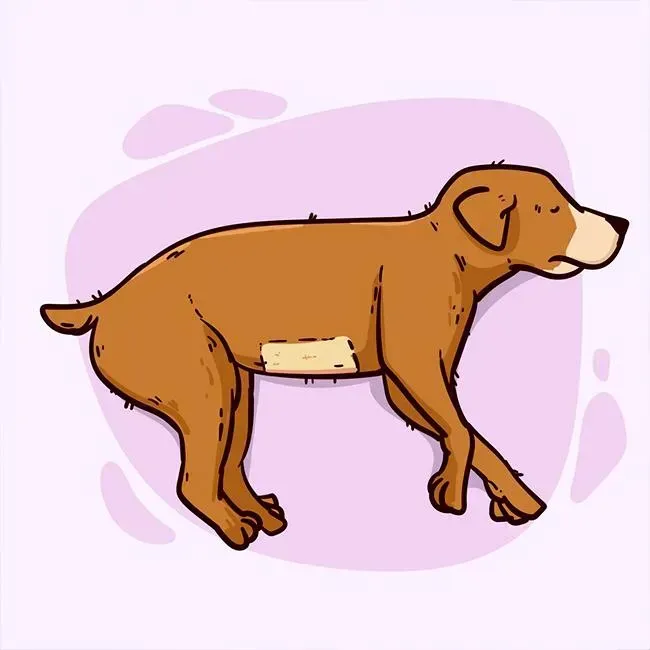Dog Anal Sacs Treatment Stockton CA
What Are Dog Anal Sacs?
Anal sacs, or anal glands, are small, scent-producing glands located on each side of a dog's anus. These glands produce a unique, strong-smelling secretion that helps dogs communicate with other animals. Anal sacs are typically emptied naturally when a dog has a bowel movement. However, in some cases, these glands may become impacted, leading to discomfort and potential health issues.
Why Are Dog Anal Sacs Important?
Dogs use their anal sac secretions to mark their territory and communicate. For most dogs, anal sacs function without issue, but problems can arise when these sacs do not empty properly. This can lead to discomfort, irritation, and even infections if left untreated.
Signs of Anal Sac Issues in Dogs
If a dog's anal sacs are impacted or infected, you may notice these signs:
Scooting or dragging the rear across the ground
Licking or biting around the anal area
A noticeable, foul odor from the rear
Swelling or redness around the anus
Signs of pain, particularly when sitting or defecating
What Causes Anal Sac Problems?
Several factors can contribute to anal sac issues, including:
Diet: Low-fiber diets can lead to soft stools, which may not put enough pressure on the glands to express naturally.
Genetics: Certain breeds are more prone to anal sac problems, including small breeds like Chihuahuas and Poodles.
Allergies: Dogs with food or environmental allergies are more likely to experience anal sac issues.
Treatment and Prevention of Anal Sac Issues
If you notice signs of anal sac issues, it’s essential to consult your veterinarian. Treatments may include:
Manual expression: A veterinarian or trained groomer can express the glands manually.
Dietary changes: Increasing fiber intake can help some dogs naturally express their anal glands.
Medications: In the case of infection, your veterinarian may prescribe antibiotics or anti-inflammatory medications.
Regular grooming: Keeping the anal area clean can help prevent infections and discomfort.
When to See a Veterinarian
While some dog owners learn to express their pet’s anal glands, others may find this uncomfortable or worry about causing harm. A veterinarian can teach you the proper technique or perform this service as needed. If you notice bleeding, a strong odor, or persistent issues, a vet visit is essential to rule out more severe complications.
Preventive Care Tips
High-Fiber Diet: Consider feeding your dog a high-fiber diet, which helps form firmer stools that naturally express the anal glands.
Regular Exercise: Exercise aids digestion and overall bowel health, potentially reducing anal sac issues.
Weight Management: Maintaining a healthy weight can help reduce anal sac problems in many dogs.

Testimonial
What They Say

Was looking for a new Vet near me in Stockton and very happy with Walker Vet Hospital! Customer service, informative, and compassionate with staff and doctors. Give a 10 out of 10. Taking all three of my dogs there happily.


Rae W.

Good value and knowledgeable. No waiting most of the time. Always 2-3 doctors at a time and weekend care available which is appreciated. All of our three dogs been going to Walker Vet in Stockton for some time now. Never any complaints.


Nick G.

Review Us!
Visit our Google review page to share your feedback

Review Us!




